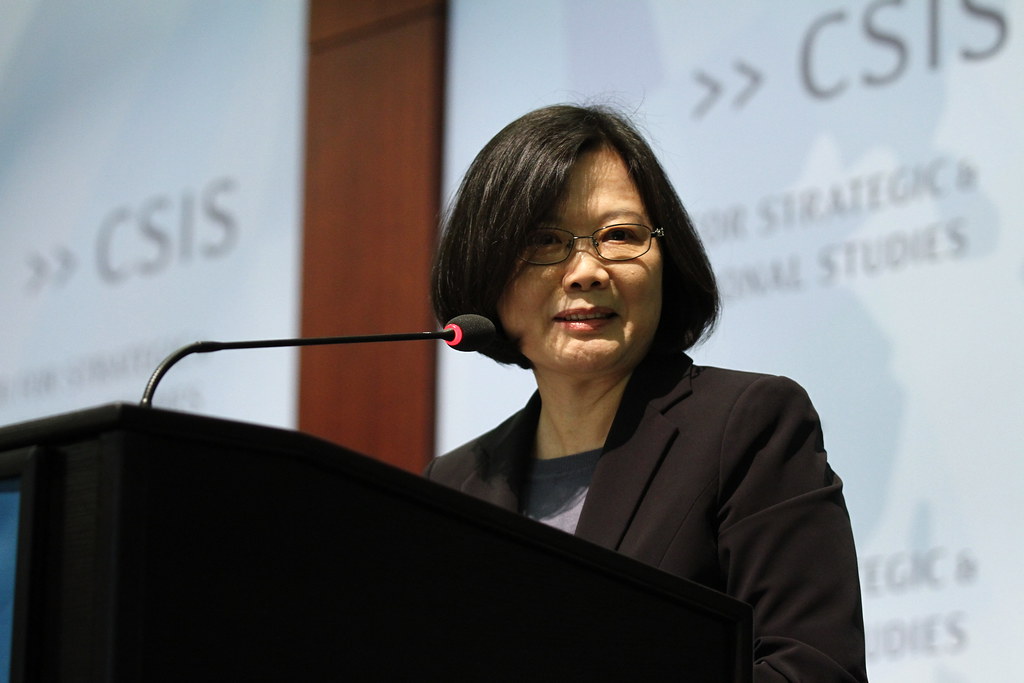 |
| Image: Flickr User - CSIS |
By Bo Zhiyue
Looking to China’s state media for clues about the future of cross-strait relations.
Shortly after Tsai Ing-wen, the candidate of Taiwan’s Democratic Progressive Party, was elected the president of the Republic of China on January 16, 2016, Xinhua News Agency published a commentary on the election.
According to Xinhua, the election is considered an “internal affair” of Taiwan and therefore its outcome is a result of multiple factors within Taiwan such as the economic performance, the people’s livelihood, the social situation, the sentiment of young voters, etc. Interestingly, the article ruled out the influence of the Chinese mainland in the polls. In the meantime, it did not mention any other “external forces” responsible for this outcome — such as a backlash against current President Ma Ying-jeou’s cross-strait policies.
In fact, the mainland’s policy toward Taiwan is judged to have been so successful that no one, including Tsai Ing-wen, could afford to oppose current trends. According to the article, the majority of Taiwanese accept the KMT’s cross-strait policy. They do not wish to see either a reversal of the good relationship between Taiwan and the mainland or the loss of the “peace dividend” of the cross-strait relationship. Since the mainland’s peaceful development policy has been endorsed by the Taiwanese people and supported by international society, Xinhua argues, Tsai did not dare to publicly denounce the “1992-consensus” (an agreement reached in Hong Kong in 1992 between Beijing and the KMT that acknowledges the one-China principle but allows different interpretations of “one China”). Instead, she proposed the “maintenance of status quo” as her mainland policy.
Read the full story at The Diplomat
